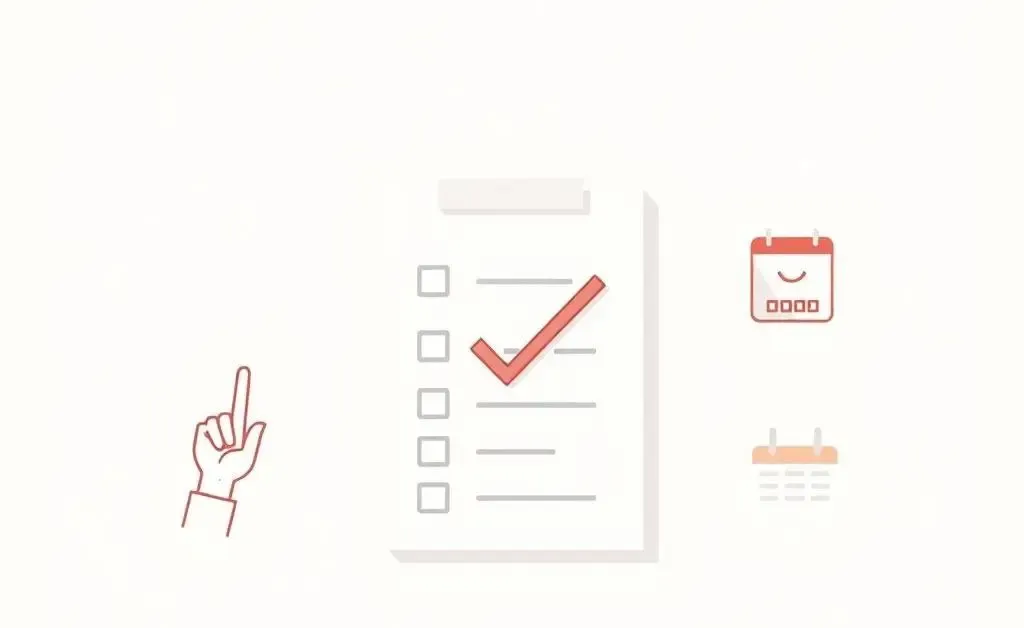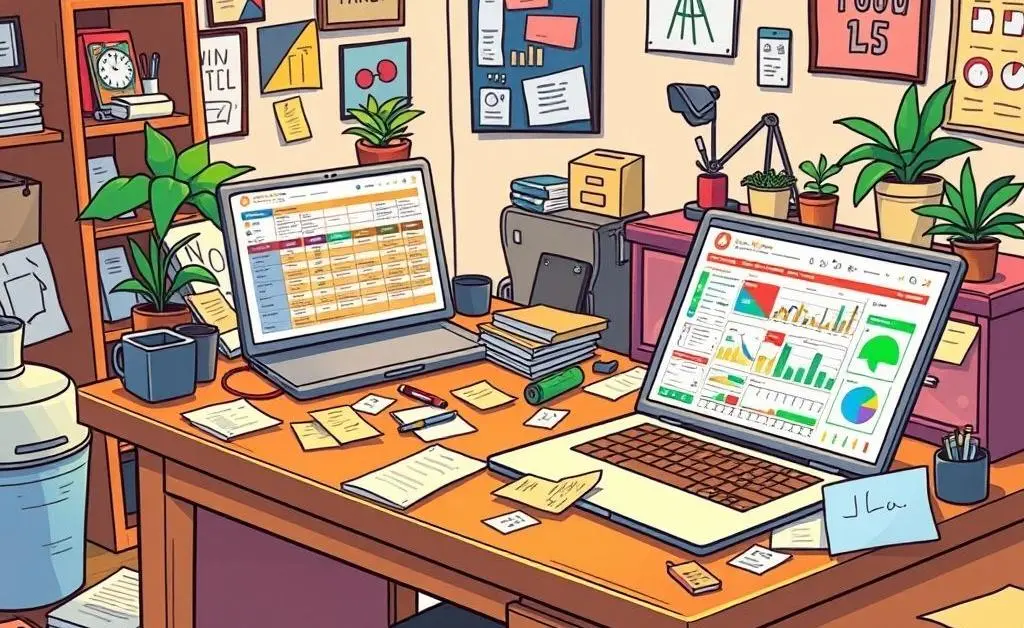Mastering the Art of Polite Portfolio Critiques
Learn how to give and receive helpful feedback on portfolios without conflict.

Mastering the Art of Polite Portfolio Critiques
Ever hesitated before giving feedback on someone’s portfolio, afraid that your intentions might be misunderstood or spark a defensive response? You're definitely not alone in this.
Providing feedback — especially online — can sometimes feel like walking a delicate tightrope. With a few simple strategies, though, it’s possible to transform feedback into a tool for collaborative growth and understanding. Let's explore how to do just that.
Why Constructive Feedback Matters
Feedback is powerful. When delivered effectively, it helps us grow and improve, often offering insights we hadn't considered. It can feel like having a trusted friend who guides us toward the best versions of ourselves. So, how do we offer such feedback without crossing into rudeness?
- Be specific: Highlight particular areas and offer concrete suggestions.
- Use "I" statements: Share how the work affects you personally.
- Balance criticism with praise: Ensure your feedback doesn’t lean too heavily in one direction.

Tuning In: The Listening Skill
Remember a time when you misinterpreted someone’s criticism and felt unjustly attacked? It’s essential to build on your listening skills to accurately gauge the intentions behind feedback. Try pausing and repeating back what you heard to ensure clarity.
For instance, if someone says, "The image composition seems off," you might respond, "So, are you suggesting that a different angle might work better?" This conversational calibration can prevent misunderstandings and nurtures a positive dialogue.

Positive Framing and Mindset
Approach criticism with the mindset that it’s a gift rather than an obstacle. Here’s an anecdote: Alex, a graphic designer, initially felt disheartened by feedback stating that their designs lacked connection. However, after considering the critique, Alex added more story elements to the visuals, which resulted in richer projects that resonated more deeply with clients.
By framing feedback as an opportunity for growth, you empower yourself and those around you to see potential rather than imperfection.

Final Thoughts: Communication is Key
As you engage in portfolio discussions, whether you're giving or receiving feedback, the key lies in communication. Approach each interaction with empathy and clarity, aiming to uplift rather than criticize.
What strategies have you found most effective in ensuring your feedback is both kind and constructive? Let's continue this conversation in the comments!




